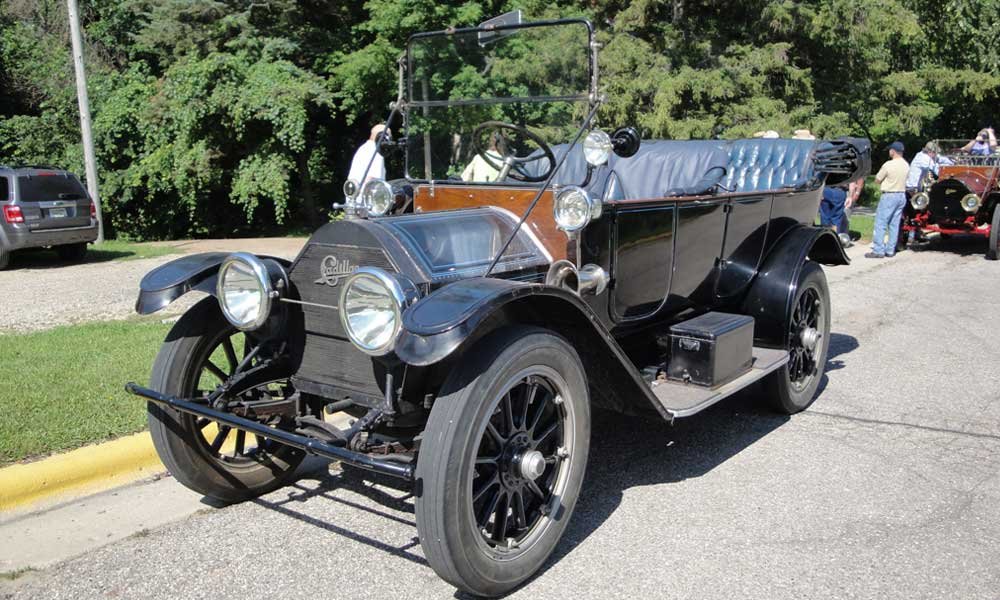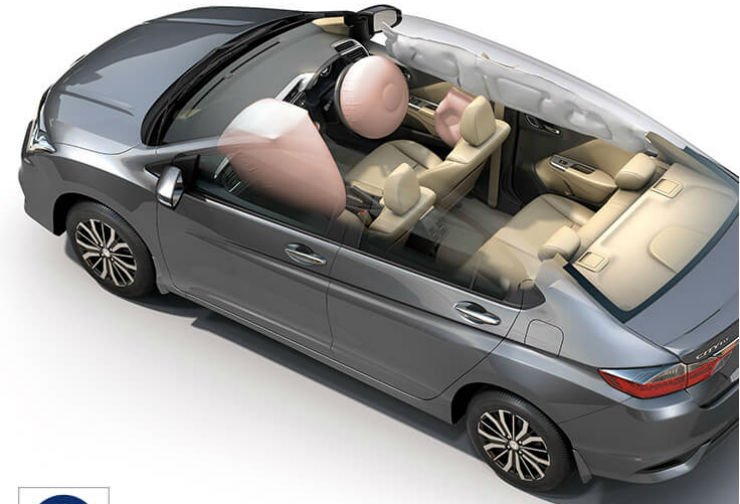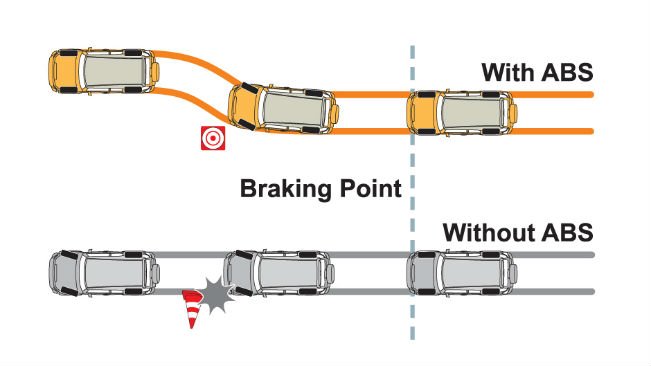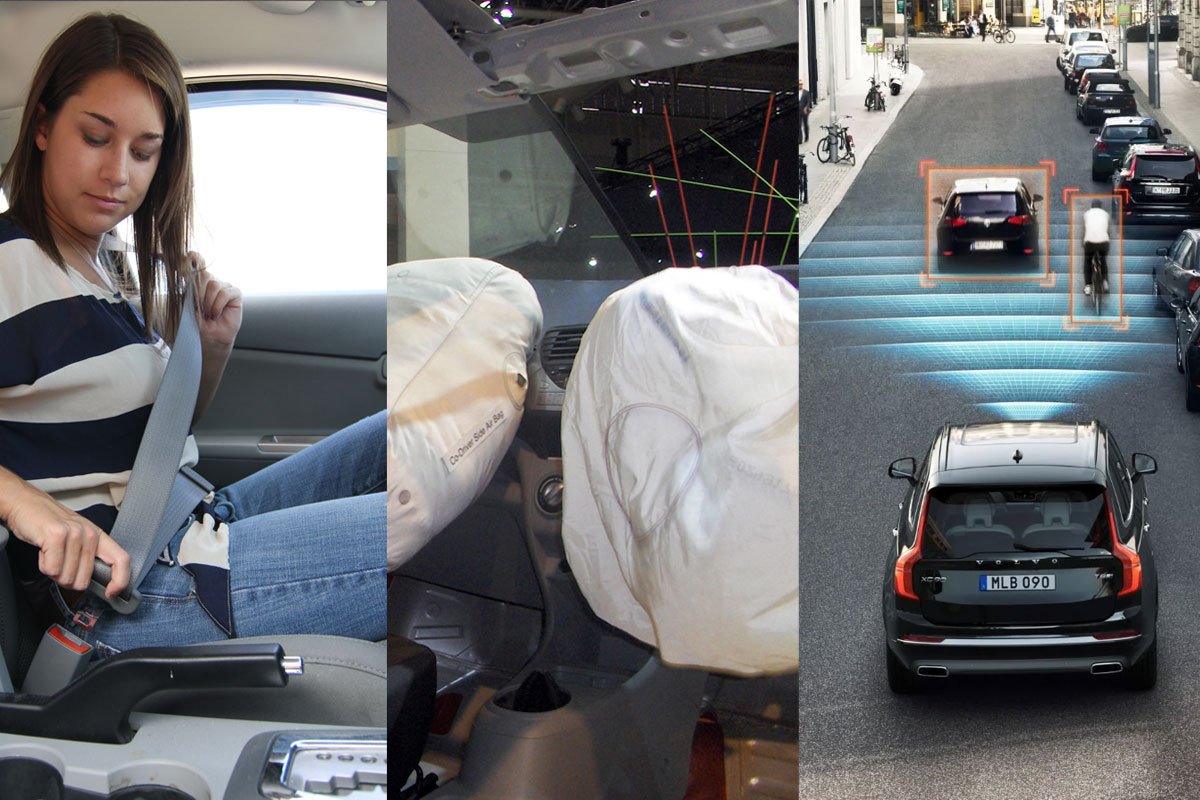The history of automobile safety is a fascinating journey, marked by innovation, regulation, and a constant drive to protect drivers and passengers. From the rudimentary safety measures of the early 20th century to the advanced technologies of today, car safety has evolved dramatically over time, reflecting the progress of technology and the increasing understanding of human safety needs. In this article, we will understand the evolution of car safety features, from seat belts to ADAS.
The Early Days: 1900s-1930s

The dawn of the automobile era in the early 20th century brought with it a host of safety challenges. Cars of this era were essentially motorized carriages, devoid of safety features. The first notable safety innovation was the electric headlight, introduced by Cadillac in 1912. This allowed for safer night-time driving, a significant step forward in an era when street lighting was sparse.
In the 1930s, car manufacturers began to consider the interior safety of vehicles. The introduction of the safety glass windshield was a significant development. Prior to this, windshields were made of regular glass, which could shatter upon impact and cause severe injuries. Safety glass, which was less likely to shatter, became standard in most vehicles by the mid-1930s.
The Mid-Century Revolution: 1940s-1960s


The mid-20th century saw a revolution in car safety features, driven by technological advancements and increasing public awareness of road safety. In 1949, Chrysler introduced padded dashboards, reducing the risk of injury in a crash. The seat belt, arguably the most significant evolution in car safety features and great innovation in automotive history, was introduced by Volvo engineer Nils Bohlin in 1959. This simple device has saved countless lives by preventing occupants from being ejected during a collision. Even to this date Seat belt has saved a lot of lives.
Another evolution in car safety features was when Crumple Zones were defined in the cars which made the cabin of the car not prone to impact, and these zones would absorb the impact of a collision reducing the damage to the passengers during an accident. It was first installed in Mercedes-Benz 220 in 1959.
In the 1960s, the U.S. government began to take an active role in vehicle safety. The National Traffic and Motor Vehicle Safety Act of 1966 led to the creation of the National Highway Traffic Safety Administration (NHTSA), which set safety standards for all vehicles sold in the U.S. This period also saw the introduction of other safety features like the energy-absorbing steering column and the dual-circuit braking system.
The Age of Electronics: 1970s-1990s



The advent of electronics in the 1970s brought about a new era in car safety. Anti-lock braking systems (ABS), first introduced in the Mercedes-Benz S-Class in 1978, allowed drivers to maintain control of the vehicle during sudden braking. In the 1980s, the third brake light, or centre high mount stop lamp (CHMSL), was introduced, reducing rear-end collisions.
Airbags, first introduced in the 1970s, became more common in the 1980s and 1990s. These devices, which inflate upon impact to cushion occupants, have significantly reduced the risk of injury in crashes. In 1998, the U.S. government made dual-front airbags mandatory in all new cars.
in 1997 ISOFIX was introduced, ISOFIX (International Standard Organisation Fix) is designed to mount a child seat in the car, which creates a solid connection between the child seat and the vehicle. It was developed by Britax-Römer, a car seat maker, and Volkswagen and it was fourth introduced in First Gen Volkswagen Golf.
TPMS (Tyre pressure monitoring system) originated in the 1980s in European luxury cars, but it was not until the 2000s that it became common and a lot of cars got this safety feature. TPMS continuously monitors tyre pressure and notifies the driver if the air pressure level falls below the recommended level. This helps in improved vehicle safety, optimising fuel efficiency and reducing the chance of tyre blowouts which can lead to fatal accidents.
The Digital Revolution: 2000s-Present


The 21st century has seen a digital revolution in car safety. Electronic stability control (ESC), which helps drivers maintain control in slippery conditions or during sudden manoeuvres, became standard in the mid-2000s. Backup cameras, which help drivers see behind the vehicle when reversing, became mandatory in all new cars in the U.S. in 2018.
Today, we are witnessing the rise of advanced driver-assistance systems (ADAS), which use sensors, radars and software to prevent collisions. These include features like automatic emergency braking, lane departure warning, Forward Collision Warning, Blind Spot Detection and adaptive cruise control (which accelerates and brakes to the set speed according to the vehicle in front). Some vehicles even offer semi-autonomous driving capabilities, paving the way for the future of fully autonomous vehicles. ADAS really shows how car safety has evolved over a small period of time.
Conclusion
The evolution of car safety features is a testament to human ingenuity and the relentless pursuit of progress. From the simple seat belt to the complex algorithms of ADAS, car safety has really evolved over time and with each innovation it has brought us closer to the goal of making road travel as safe as possible. As we look to the future, with the promise of autonomous vehicles and even more advanced safety technologies, it’s clear that the journey of car safety is far from over.


